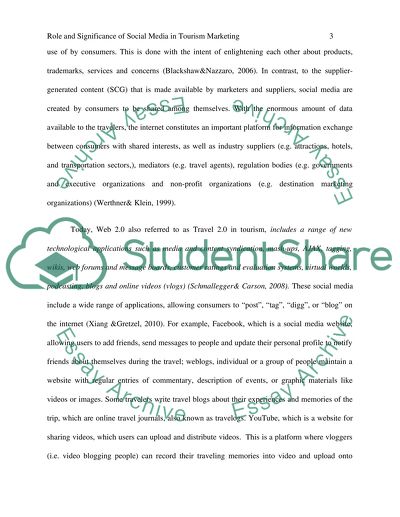Cite this document
(“Discuss the role and significance of social media in tourism Essay”, n.d.)
Retrieved from https://studentshare.org/tourism/1497369-discuss-the-role-and-significance-of-social-media
Retrieved from https://studentshare.org/tourism/1497369-discuss-the-role-and-significance-of-social-media
(Discuss the Role and Significance of Social Media in Tourism Essay)
https://studentshare.org/tourism/1497369-discuss-the-role-and-significance-of-social-media.
https://studentshare.org/tourism/1497369-discuss-the-role-and-significance-of-social-media.
“Discuss the Role and Significance of Social Media in Tourism Essay”, n.d. https://studentshare.org/tourism/1497369-discuss-the-role-and-significance-of-social-media.


